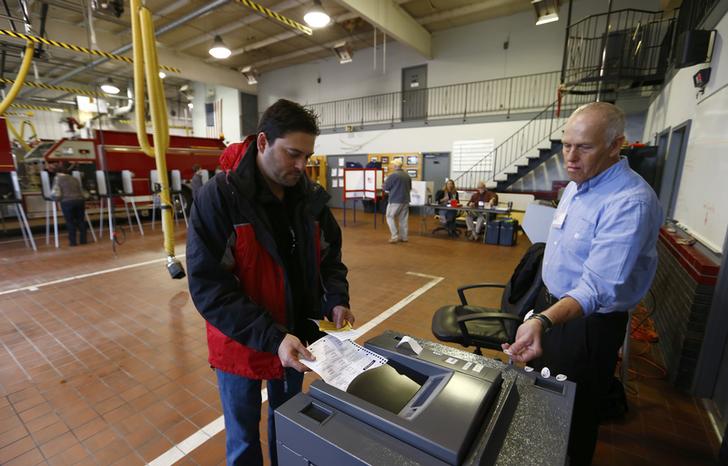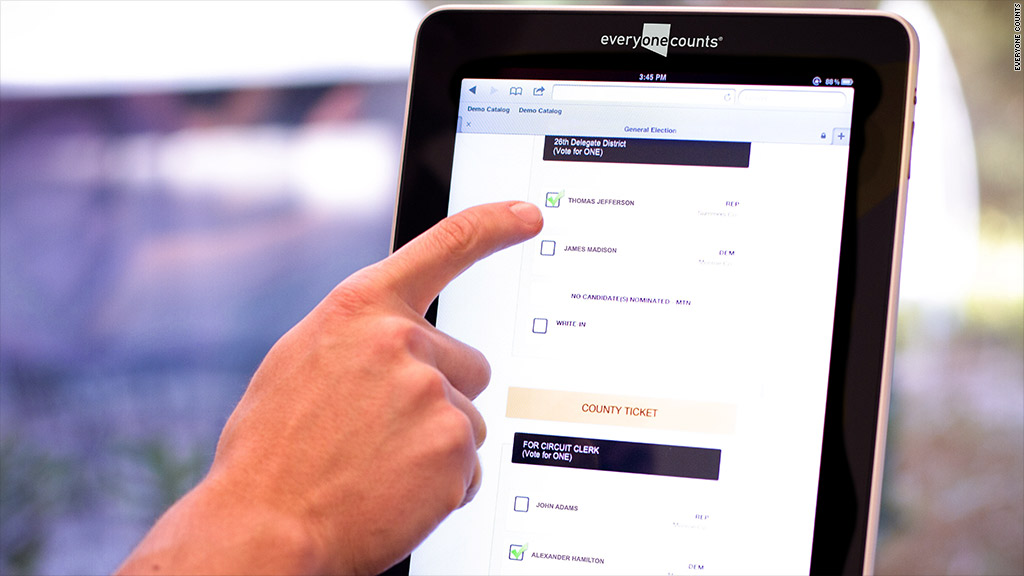It’s that time again when the world directs its attention to the United States of America as they vote for their 45th president.
November 9, 2016: Will the president be politician and former First Lady Hillary Clinton or business magnate Donald Trump? American are thronging to election centers today to cast their votes today to make their choice.
American Voting System
Unlike most democracies, the U.S. doesn’t have a single, centrally administered electoral system.
Non-Traditional Voting Method
Over four million people have already voted through the non-traditional methods approved by some states.
These non-traditional methods include No-excuse Absentee, Early Voting, Absentee with Excuse, In-person Absentee, Permanent Absentee and Vote by Mail.
In 2012, more than 46 million voters (36%) cast their ballots through the non-traditional methods, according to a Pew Research Center analysis.
The figure includes 23.3 million people who cast civilian or military absentee ballots, 16.9 million who voted early in person and 6.3 million who mailed in their ballots.
38 states offer one or more types of nontraditional voting and absentee voting which requires an excuse, while early voting, which lets voters go to an elections office and cast their vote requires no excuse.
In vote-by-mail states, all registered voters receive their ballots in the mail several weeks before Election Day and after filling them, they either mail the ballots back or drop them off at designated collection points ahead of the Election Day.
Absentee and Early voters have up to 35 days before Election Day to cast their ballots.
Traditional Voting Method
A wide array of technology is used during the traditional voting system from touchscreen to pen and paper.
The first is the Ballot Scanning which requires voters to mark a specific area and then the ballots are tabulated by a scanner, using either optical equipment or digital scanning technology.

This helps to maintain the ballot for later auditing in case the electronic system is tampered with.
The next is the Electronic Systems that enable voting by touchscreen, button or dial. The machines tabulate votes automatically, helping to speed up the voting process.
The flexibility of the electronic systems can be useful in areas where voters speak multiple languages, and can also help disabled voters through the process.
There are also the controversial Punch Card Machines that let voters punch holes next to their choice on a ballot paper. These have led to confusion about voters’ choices due to incompletely punched holes.

Some U.S. jurisdictions count ballots by hand, in addition to using technology.

Finally, there is the Online Voting which experts agree will be impossible to secure, yet, some states like Alaska will allow online voting in certain circumstances.

Each method of voting has its shortfall, but unlike Nepali elections which are traditionally paper-based with little technological devices utilised, one man or woman will be elected as head of state from the election.







